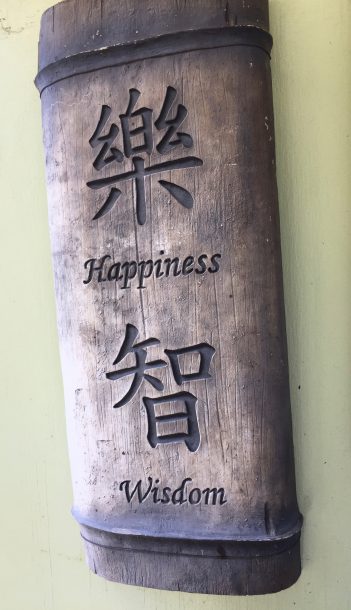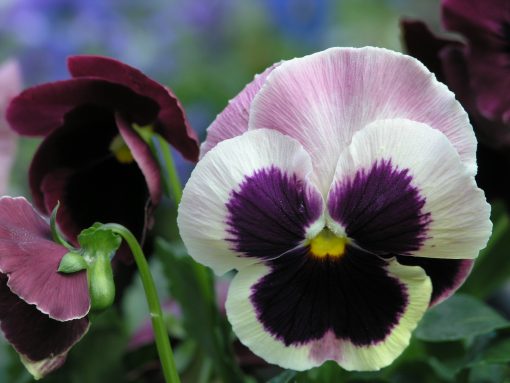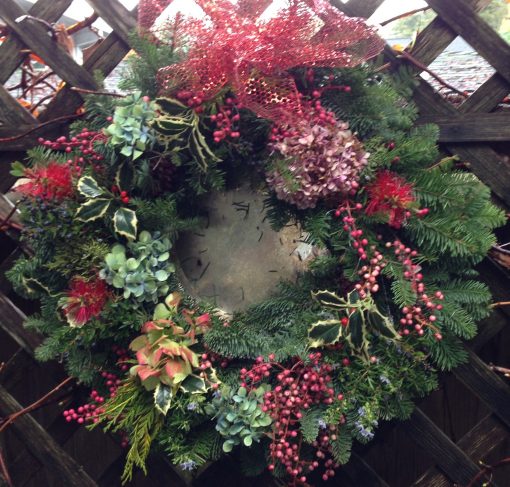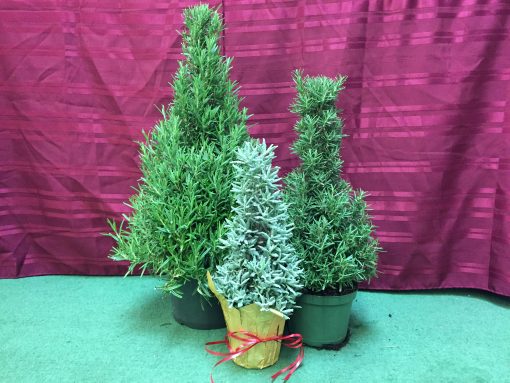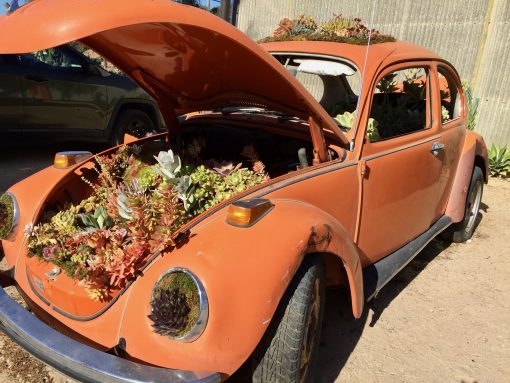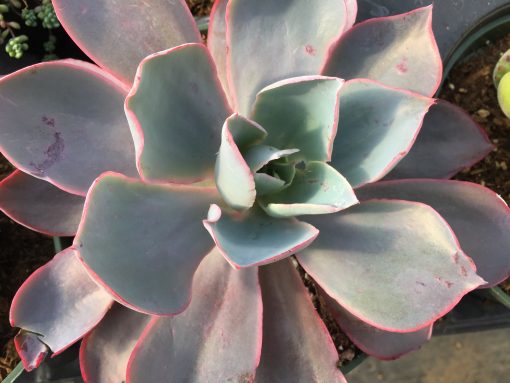
Twas the night before Christmas and all through the garden,
The creatures were stirring, the deer got a pardon.
The hummingbird feeders were hung by the chimney with care,
In hopes that the Anna’s soon would be there.
The flowering cherries were nestled all snug in their beds,
While visions of spring glory danced in their heads.
The summer vegetables were harvested and beds put to nap,
The compost’s a brewing so next year’s a snap.
When out on the lawn there rose such a clatter,
I ran into the garden to see what was the matter.
And what to my wondering eyes should appear,
But a big flock of chickadees and eight black-tailed deer.
They spoke not a word, but went straight to their work,
The chickadees devouring aphids with amazing teamwork.
And then, in a twinkling, I heard on the deck,
Prancing and pawing, the deer making a wreck.
A hydrangea here, an abutilon there, this garden?s a feast,
With edibles and perennials at the very least.
We love this garden, they whispered to themselves,
With any luck, they?ll think we?re the elves !
Beautiful flowers and nectar and fragrance abounds,
We?ll include this forever on one of our rounds.
The birds can sing and fly in the skies
But we have the charm with huge brown doe-eyes.
We get a bad rap, it?s not all our fault,
Most of our feeding grounds are covered with asphalt.
Just give us a sleigh and we?ll make you proud,
We?re good for more than eating roses, they vowed.
Call us Dasher and Dancer and Comet and Vixen,
Or Comet and Cupid and Donner and Blitzen,
Then maybe you?ll forgive us for our past mistakes,
We can?t help that we eat plants, we don?t eat steaks.
Now if you?ve been good this year, do make a wish,
And then when you see us- welcome, don?t banish.
All of us creatures will give our best shot,
To nourish your garden with nary a thought.
So everybody listen carefully on Christmas Eve,
And maybe you?ll hear and then you?ll believe.
You may even hear us exclaim as we prance out of sight,
?Happy Christmas to all, and to all a good night!?
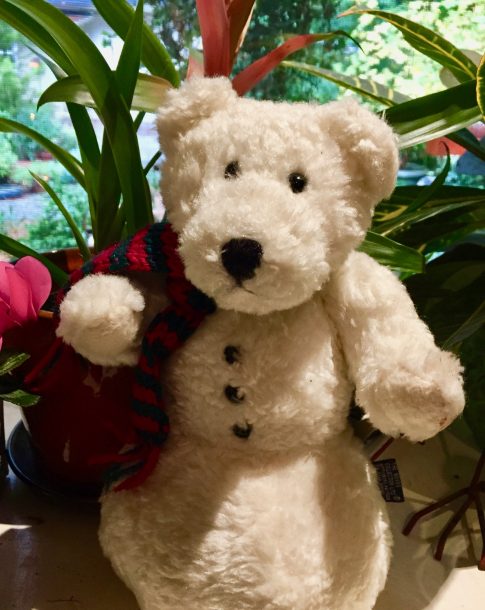
My thanks to Clement Clark Moore who wrote the original poem in 1822 in New York. I?d like to believe that he would enjoy my version for gardeners everywhere.

